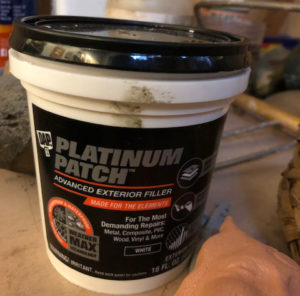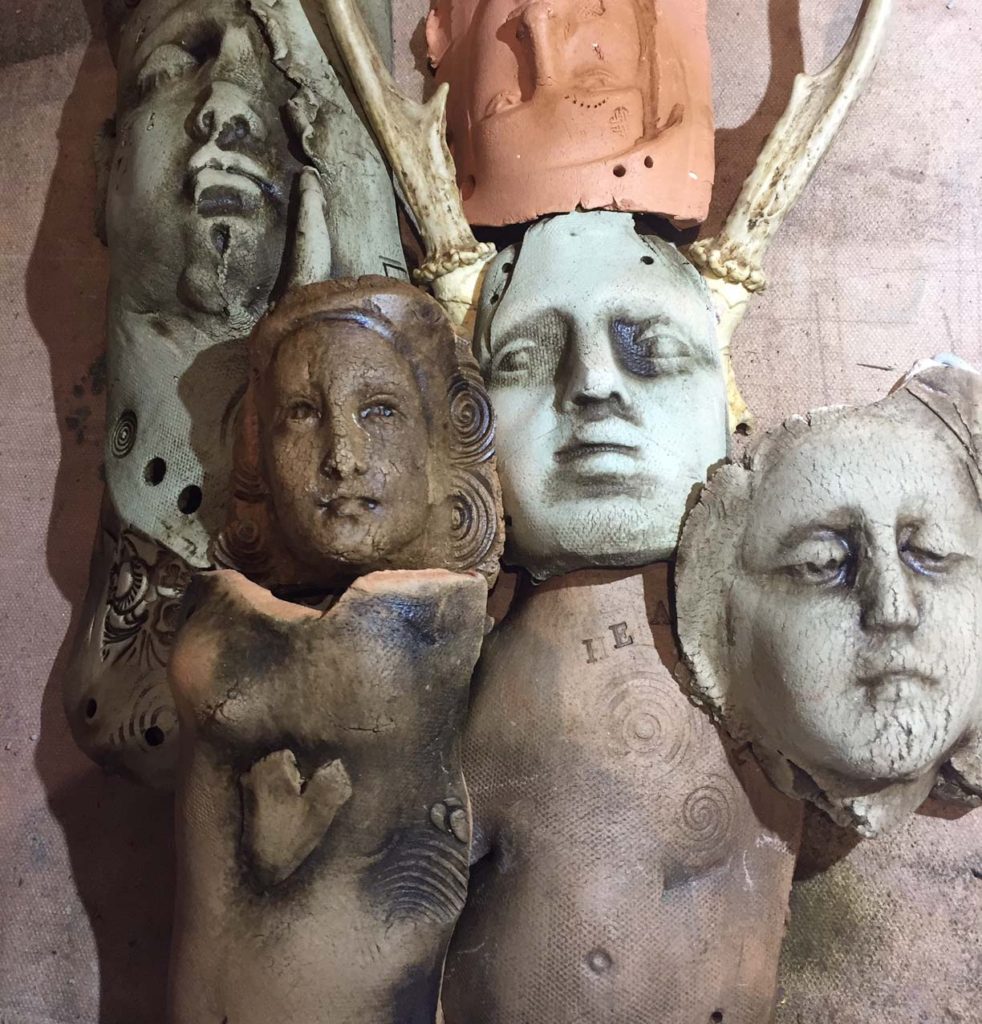
archaeological excavation shelter

screen panels of heavy paper and sticks
As part of my work with the “Unearthed” series, I’ve been working with panels of paper, wax, sticks and silk to construct three-dimensional sculptural objects that can be configured in different ways.
This has become a very exciting project for me, informed and inspired by shelters and screens for archaeological excavations as well as the idea of versatile art panels that can be viewed from many perspectives to conceal and reveal.
Here’s one that is almost finished. It is large, about four feet long and two feet high.

Lyn Belisle, Shelter Screen #1, 48″ x 36″ Paper, wax, silk, pigment, and sticks
This is a close-up of the surface of one of the panels – torn silk is adhered with beeswax to squares of archeological symbols printed on paper. It’s multilayered and complex. The surface is meant to suggest ancient shards and scraps that have been collected and stuck to experimental surfaces for further study.

Detail, “Shelter Screen #2”
Another great thing about working with these kinds of panels is that each panel has two sides. Here is the reverse side of that piece.

“Shelter Screen #2”, reverse side
The artwork can be displayed on a wall as a four-panel work, or it can be configured on a pedestal or table as a three-dimensional object.

Here is another Shelter Screen in the series that also has two different-sided surfaces. This one is slightly smaller, about 3.5′ long.

Lyn Belisle, “Shelter Screen #3”, Paper, wax, sticks, acrylic, pigment
The back of this screen features photos of one of my earthenware face shards in a series of altered photographs.

“Shelter Screen #3”, reverse side
And it can be hung, or folded or tied into a square with either side out!


Because I have very limited studio time these days with all of the Art League duties, I find that working with these shelter panels is like meditation. Each one that I construct is slightly different, and when they are stitched or hinged together, their possibilities are endless.
I love the way this process grounds me back to the basics of building. And the fact that they are inspired by archeological screen and shelters gives them a deeper meaning.
Here is my second “Unearthed” sculpture displayed in front of a Shelter Screen – they were obviously meant to be together!

It’s as if the past is reaching out into the present, giving me guidance. Maybe “Nine Antlers” has a hand in all of this!
“I held my breath as we do sometimes to stop time when something wonderful has touched us…” ~ Mary Oliver
RIP















